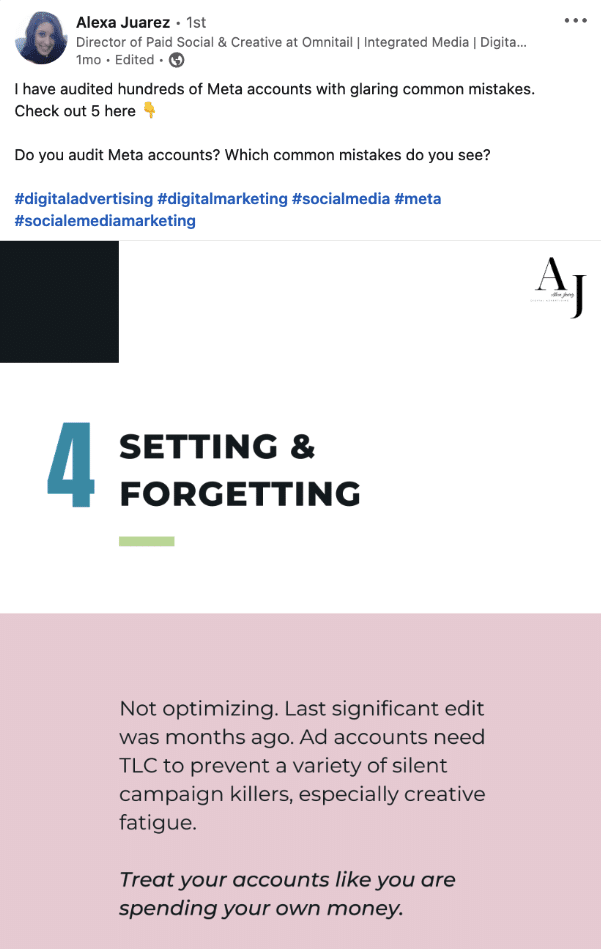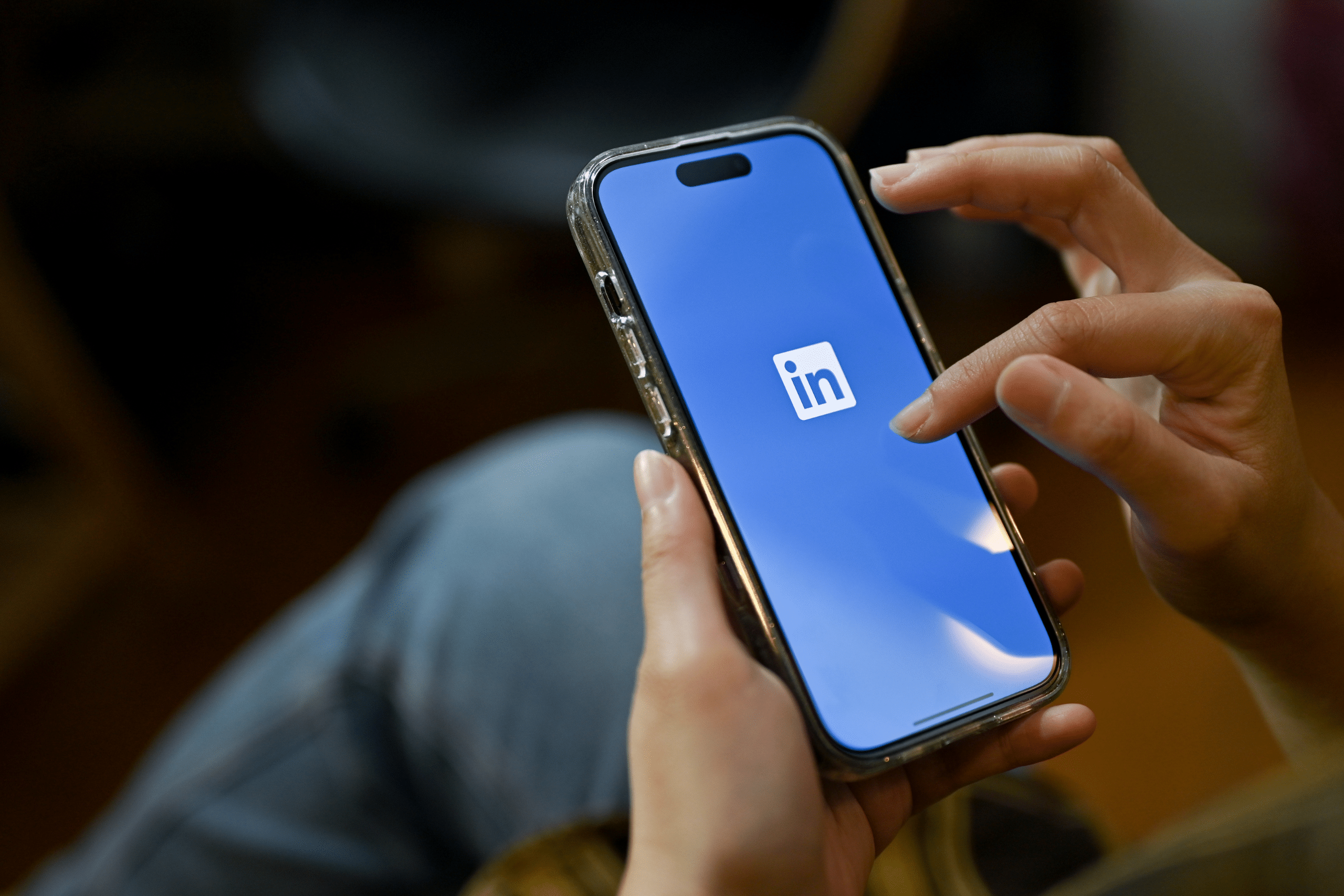We use our expertise to answer your question.
If you’re a seasoned pro at using LinkedIn, you may have noticed some recent changes to how (or when) content is being shown in-feed. In June 2023, LinkedIn released some pretty big changes to their algorithm, which may be impacting your marketing content.
So, how do you deal with these latest LinkedIn algorithm updates? Here are my top four tips for continued LinkedIn success:
- 1. Make sure your content is professional and geared towards other professionals.
- As I’ve told my 60-something mother time and time again: LinkedIn is NOT Facebook. It has a distinct purpose from other social media channels, in that it’s for professionals to share and engage with content about professional topics. Because LinkedIn has been seeing an increase in “unprofessional” content, they are cracking down on showing posts that are not deemed as professional.
Example of a professional post:

Example of an unprofessional post (NOTE: I did NOT actually post this, for example only):

2. Use your network to organically boost your content.
These latest LinkedIn algorithm updates are literally feeding off of how your immediate network (AKA first-party connections) engages with your content. Think about it this way: Are you more likely to emote, comment on, and/or repost content from someone you know, or from a “friend of a friend of friend of a friend” (Six Degrees of Kevin Bacon, anyone)? LinkedIn is honing in on this trend and giving “Brownie points” to posts that have engagement from first-party connections.
3. Prioritize content that offers professional advice and expertise.
While this sounds similar to number one listed above, it’s actually on a totally different wavelength. LinkedIn is now prioritizing content that is akin to knowledge base articles, like “here are my 5 tips to writing a stellar blog post that your audience AND Google will love.”
Why is LinkedIn doing this? To learn (and ultimately make sure) that the content you post is relevant and valuable to those folks you’re connected with. If posts are not providing value to anyone, then they’re just taking up space for content that IS providing value.
- 4. Write your professional advice and expertise so that it comes off as factual and not opinionated.
To segue off of number three above, LinkedIn’s algorithm is also looking to give more kudos to your owned content vs just reposts of someone else’s content. It’s not yet clear how LinkedIn is planning to give said kudos and what other factors may be included, but if you’re looking to get into the thought leadership game, prioritize posting your own stuff.








